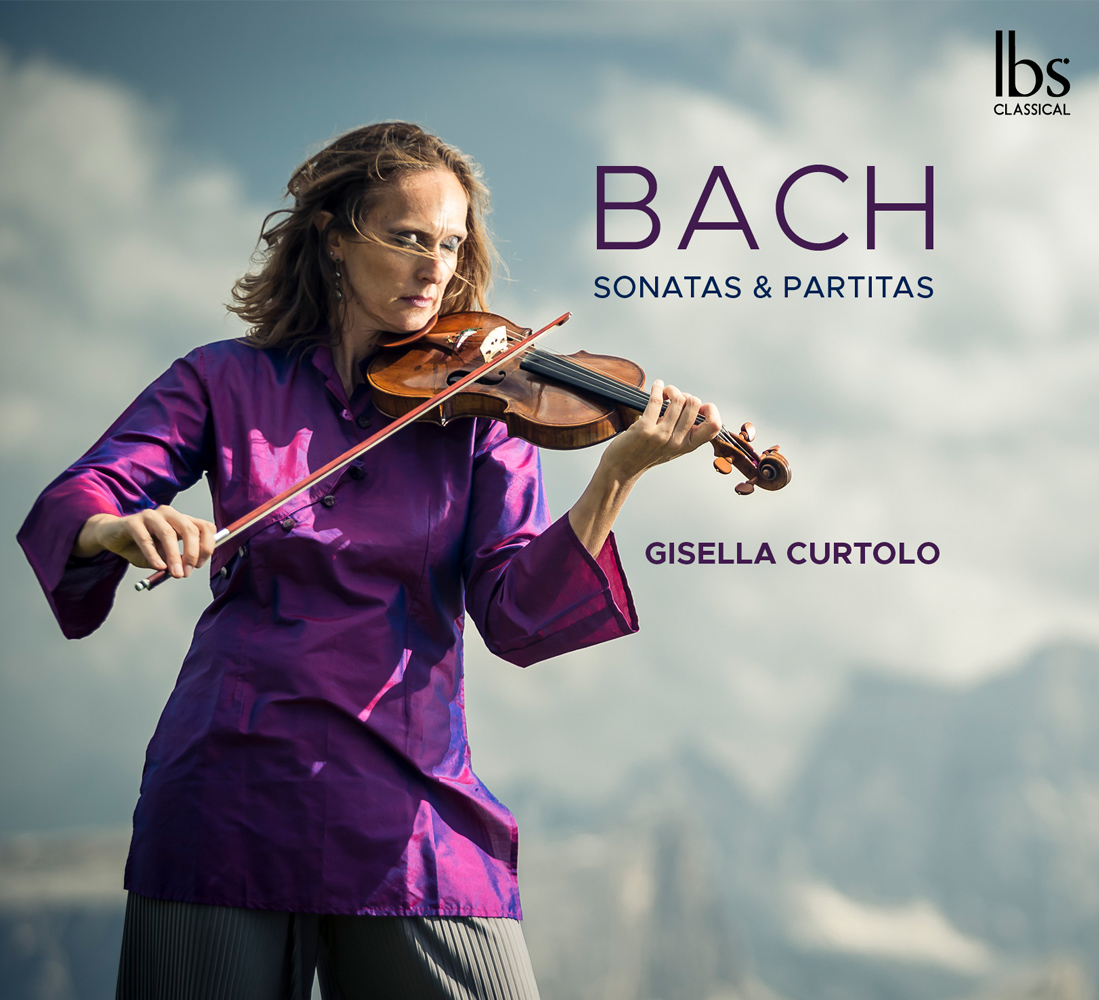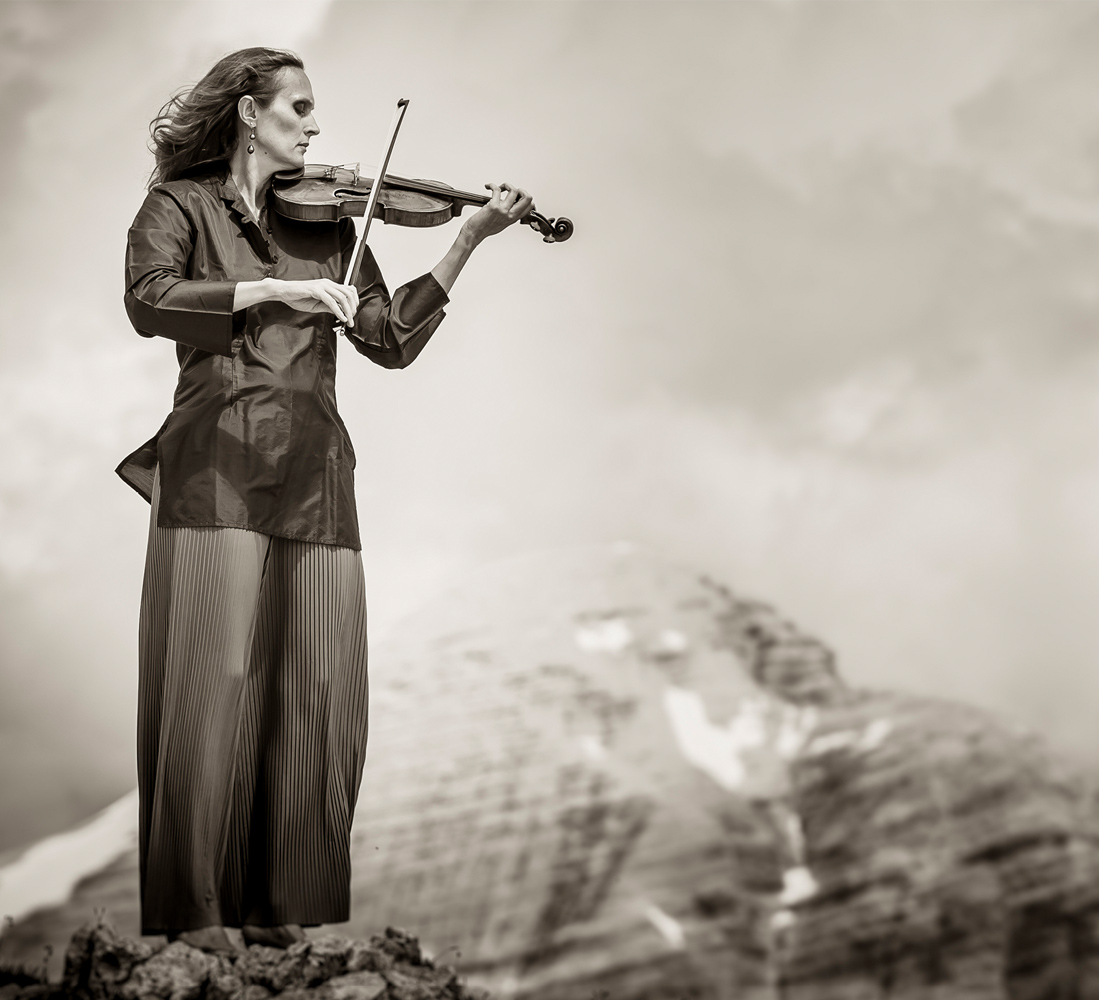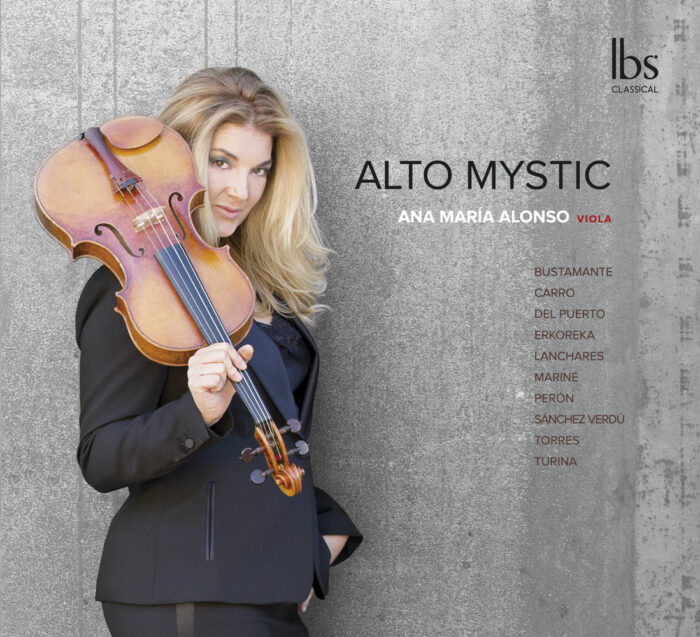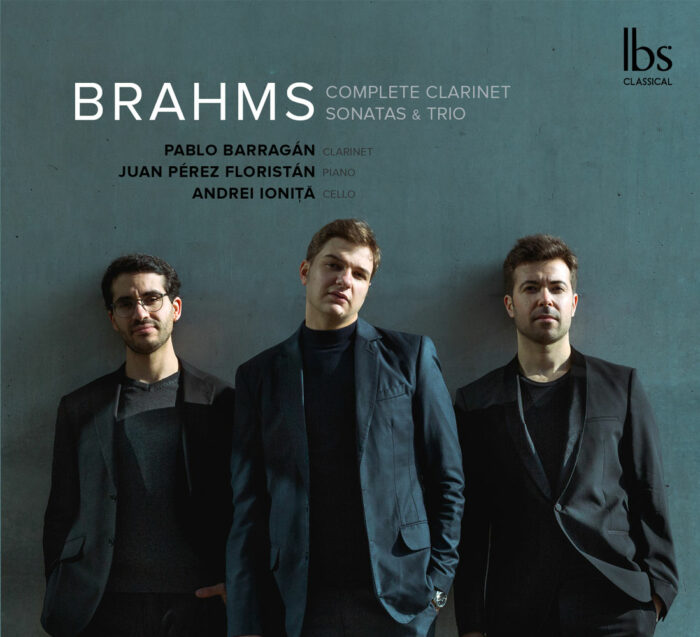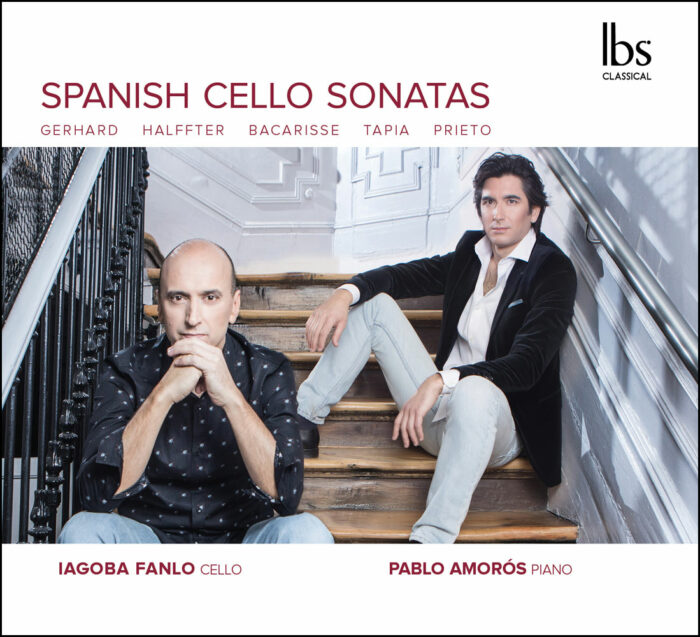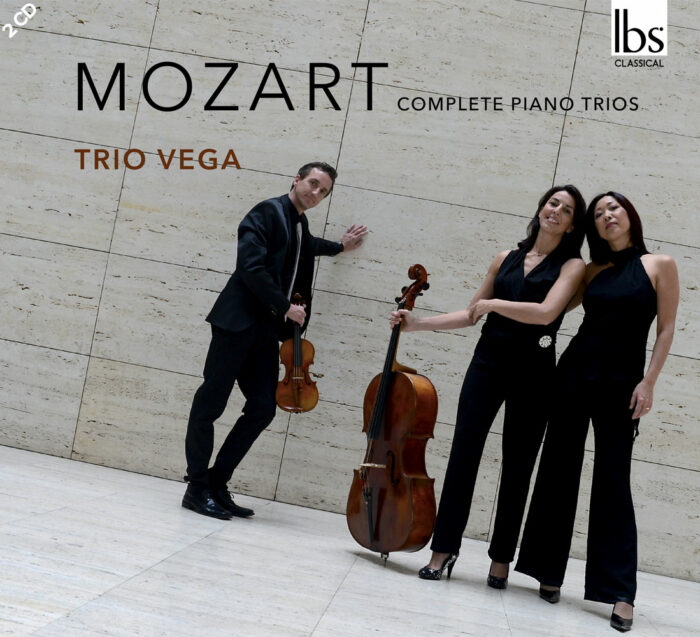Curtolo reflexion
In this 1720 score, Johann Sebastian Bach laid the foundation that would shape the future of the violin in Western music. While building on the contributions of earlier composers, his meticulous craftsmanship—a true compendium of the instrument’s virtues—and his vision in terms of musical conception and performance render these Six Sonatas and Partitas for solo violin a cornerstone. No self-respecting violinist can ignore them, as they serve both as a fundamental study and a lofty aspiration.
There is no separation between the performer and the music; their expressive power and technical demands require a lifelong dedication. This is exactly what the excellent violinist Gisella Curtolo tells us.
In Spanish, grabar means to leave a mark on a surface, on stone… on a CD. It is something lasting, like a “sculpture of sounds.” It is a way to communicate the culmination of our journey, akin to scaling a mountain and reaching the summit, achieving something “epic” that we have been carefully preparing and envisioning year after year.
There comes a moment in musicians’ life when they feel like the right time to “record” what they have been playing, teaching, and perfecting for many years.
This is how I felt as I approached the recording of this immense masterpiece, one of the pillars of the repertoire for violinists of the past, present, and surely the future.
My interpretation is the result of all my musical experiences, which have taken root and become deeply embedded in my bowing technique and sensitivity.
When I began studying Bach’s Sonatas and Partitas 40 years ago, my teachers’ musical tastes were very different from those of today. Accessing manuscripts, original sources, and ancient treatises was difficult. There was a distinctly Romantic approach to interpreting works from the Baroque and Classical periods.
Fortunately—and this is what I did—it is now easy to access several treatises from that era, including: Bartolomeo Bismantova’s Compendio musicale (Musical Compendium) (1677-1679), The treatises by George Muffat (1653-1704), Francesco Geminiani’s “The Art of Playing on the Violin” (1751), and Leopold Mozart’s Versuch einer gründlichen Violinschule (Attempt at a Thorough School of Violin, 1756).
Over the years, my professional journey—performing with leading modern opera and symphonic orchestras—has also deeply immersed me in the world of Baroque music. By the late ‘90s, this world, which approached works with a more philological perspective, began to lead the way in Baroque and Classical interpretation across Europe. In Italy, I was fortunate to perform and record with many internationally acclaimed Baroque ensembles. A turning point came in 2002 when I received an award at the “Bach International Violin” competition in Leipzig. This recognition affirmed that my “dedication to Baroque music” was yielding meaningful results.
In this recording, I have felt aligned with myself, performing Bach with a Baroque bow—a faithful modern replica of a model by the French bow maker Nicolas Pierre Tourte (father) from 1750-1760, weighing 44.7 grams (much lighter than modern bows, which weigh between 59-62 grams)—and with my 1727 David Tecchler violin, which came to life in Rome almost around the same time as the genesis of J.S. Bach’s “Six Solos” (1720).
In interpreting the Sonatas and Partitas, I have added ornamentations to almost all the repeats, including some variations in the original articulations, while remaining true to the practices of the time. I have sought to make the melody clear “despite” the harmony, gradually learning to move away from the concept of “tenuto” by slightly shortening the duration of the harmonic component. I have always tried to respect the original articulations, distinguishing them based on whether the intervals are conjunct or larger. In this endeavour, the lighter, shorter bow with fewer hairs has been a courageous ally, without which my technique would not have been the same.
All of this has inspired me to be confident in my interpretation today: the famous conductors who guided me (including Claudio Abbado, among others), the colleagues I have had, the teachers who influenced me in my early years, the great soloists and singers I have accompanied—all these experiences have shaped my journey. As a violinist dedicated to various aspects of playing the violin, this recording remains true to my profile and my history… up to the present day.
Recording in Toblach, a charming village in the Dolomites that holds a special place in my heart, has been a true privilege. This enchanting location provided a spectacular adventure from which I have learned much.
And just as I once placed a rose on his grave at Thomas Church in Leipzig, today I leave this recording with a profound sense of gratitude to Johann Sebastian Bach.
Gisella Curtolo
